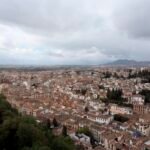First Impression of Madrid
The Kingdom of Spain, located on the Iberian Peninsula in southwestern Europe, lies at the crossroads of Europe and Africa. It borders Portugal to the west, faces the Bay of Biscay to the north, and shares northeastern borders with France and Andorra. To the south, it overlooks Morocco across the Strait of Gibraltar. Spain’s territory includes the Balearic Islands in the Mediterranean, the Canary Islands in the Atlantic, and the North African enclaves of Ceuta and Melilla.
Spain is a mountainous country, covering 506,000 square kilometers, with a coastline stretching about 7,800 kilometers. It is the second-most widely spoken official language globally, after English. The country is divided into 17 autonomous communities, 50 provinces, and over 8,100 municipalities, with two additional enclaves, Ceuta and Melilla, located in Morocco. Madrid serves as the capital.
Spain is known for its delicious food and vibrant lifestyle, with Barcelona being highly recommended. This time, I had the chance to explore the capital, Madrid, although the weather wasn’t ideal, and my schedule was a bit tight. With limited time, I aimed to make the most of my visit.
I stayed at a hotel near Plaza de España, which had a metro station right at the entrance, making it very convenient.


Just a short walk from Puerta del Sol, you’ll find Plaza Mayor, the main square in Madrid. Plaza Mayor was built in 1619 and started out as a small square. After the capital was moved to Madrid, they rebuilt the surrounding buildings into four-story structures, turning it into the grand main square we see today. It has hosted everything from public celebrations and bullfights to beatifications, coronations, and religious executions.


On the west side of Plaza Mayor is the Mercado de San Miguel. It was originally a vegetable market back in 1916 but has since been transformed into a large, vibrant market where you can eat, drink, and be entertained. It’s filled with all kinds of delicious specialties, and during my 3 days in Madrid, it was definitely my favorite spot. The variety is amazing, and it’s great for trying out different Spanish dishes all in one place.
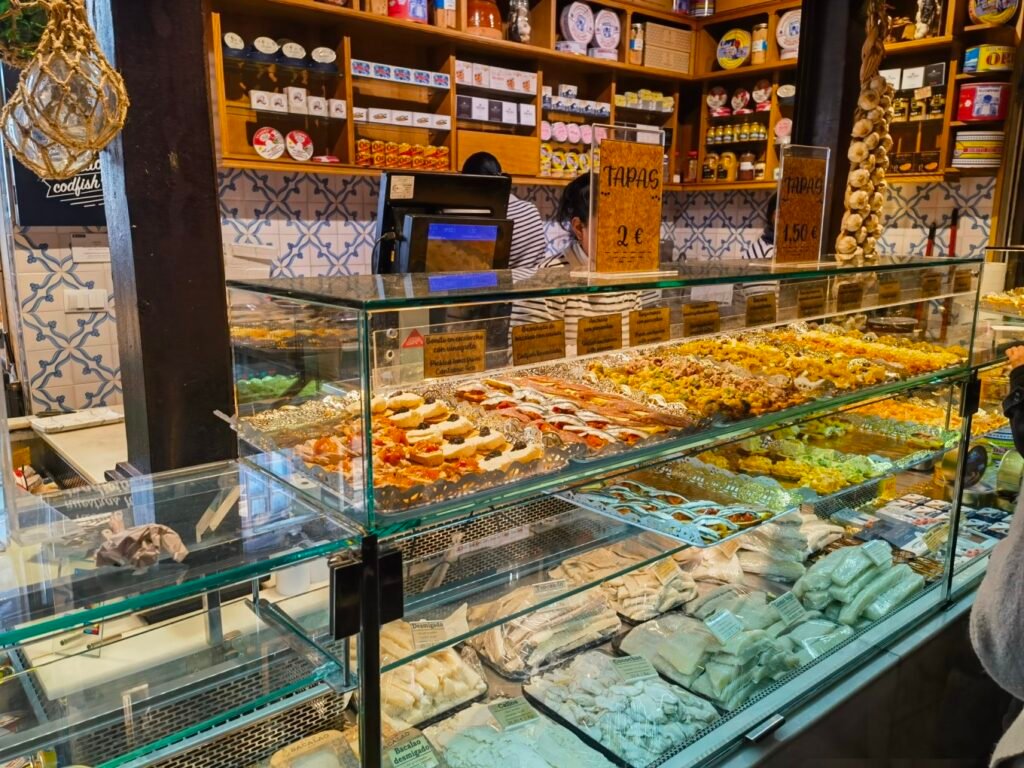



Prado Museum
The Prado Museum offers free admission to its permanent exhibitions from 6 p.m. to 8 p.m. Monday to Saturday and from 5 p.m. to 7 p.m. on Sundays. I managed to time my visit perfectly around dinner, catching the free hours.
Built in the 18th century, the Prado Museum in Madrid is considered one of the greatest museums in the world and the most comprehensive and authoritative collection of Spanish paintings. It houses artistic treasures from the 15th to 19th centuries, featuring masterpieces from Spain, Flanders, and Italy, with an especially extensive collection of works by Spanish painter Francisco Goya.
The second floor is the highlight of the museum, divided into many smaller rooms displaying numerous Spanish and Italian paintings. Visitors can easily spend half a day exploring its remarkable collections.
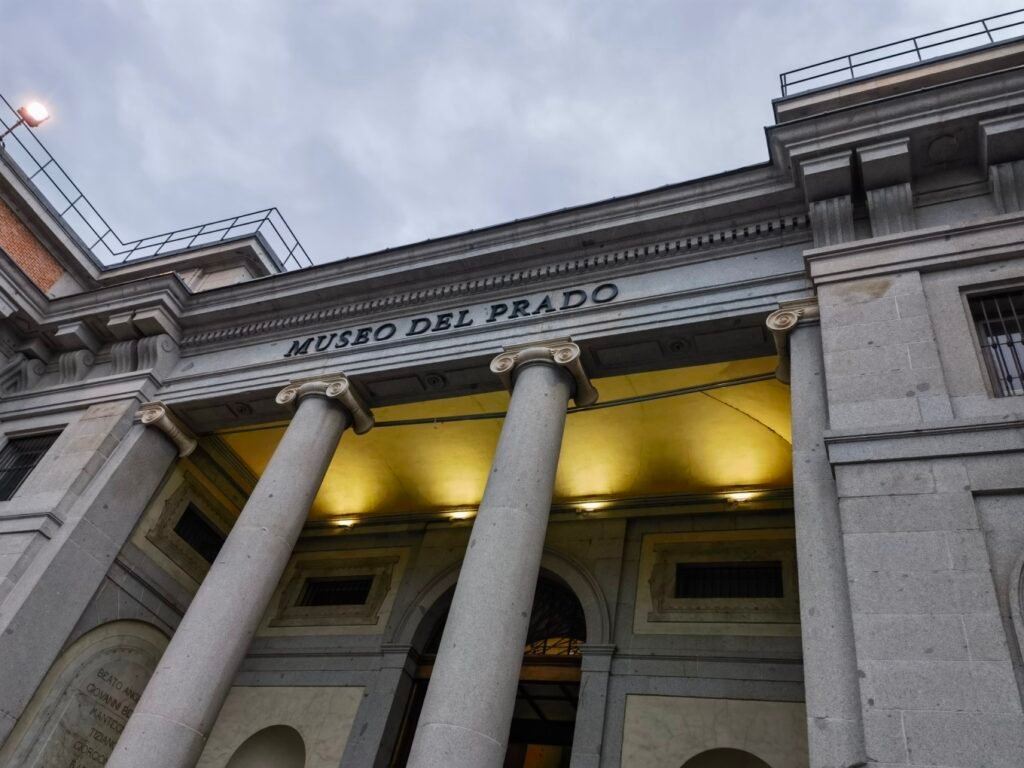

Museo Nacional Centro de Arte Reina Sofía
After leaving the Prado Museum, I quickly headed to my next destination—the Reina Sofía Museum, which also offers free admission after 7 p.m. There was a long line, but it moved quickly. The museum is quite large and a bit maze-like, so I couldn’t explore all of it since it was getting late. Photography, once prohibited, is now allowed.
Located in the heart of Madrid, near Atocha Railway Station, the Reina Sofía Museum is one of Madrid’s three major art museums. It is surrounded by landmarks such as Paseo del Prado, the Thyssen-Bornemisza Museum, the Prado Museum, and the Madrid Cultural Center.
With an area of 12,505 square meters, it is one of the largest museums in the world. The museum focuses on tracing the development of Spain’s unique artistic style within the broader European art movements. Its collection covers transformations from the late 19th to the 20th century, including surrealism, abstract art, and post-war avant-garde movements.
Originally a hospital, the building has undergone several expansions and functional changes. While the overall design follows a neoclassical style, the centrally located elevators feature an avant-garde design that stands out. The exhibitions are divided between the second and fourth floors, with works displayed according to whether they were created before or after 1939.
Among the museum’s highlights is Picasso’s masterpiece Guernica, alongside numerous other works tracing Spain’s expressionism and impressionism. The museum also showcases the brilliance of three great 20th-century Spanish artists: Pablo Picasso, Salvador Dalí, and Joan Miró.
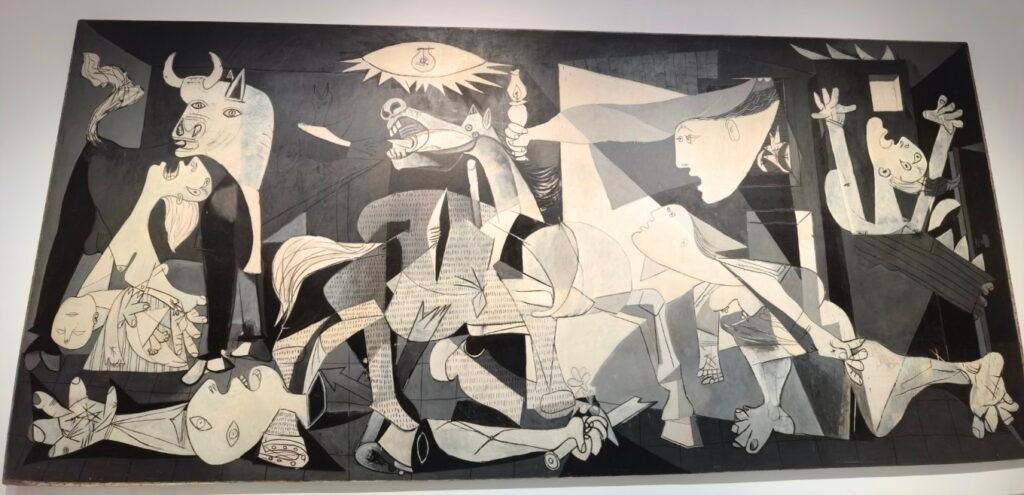
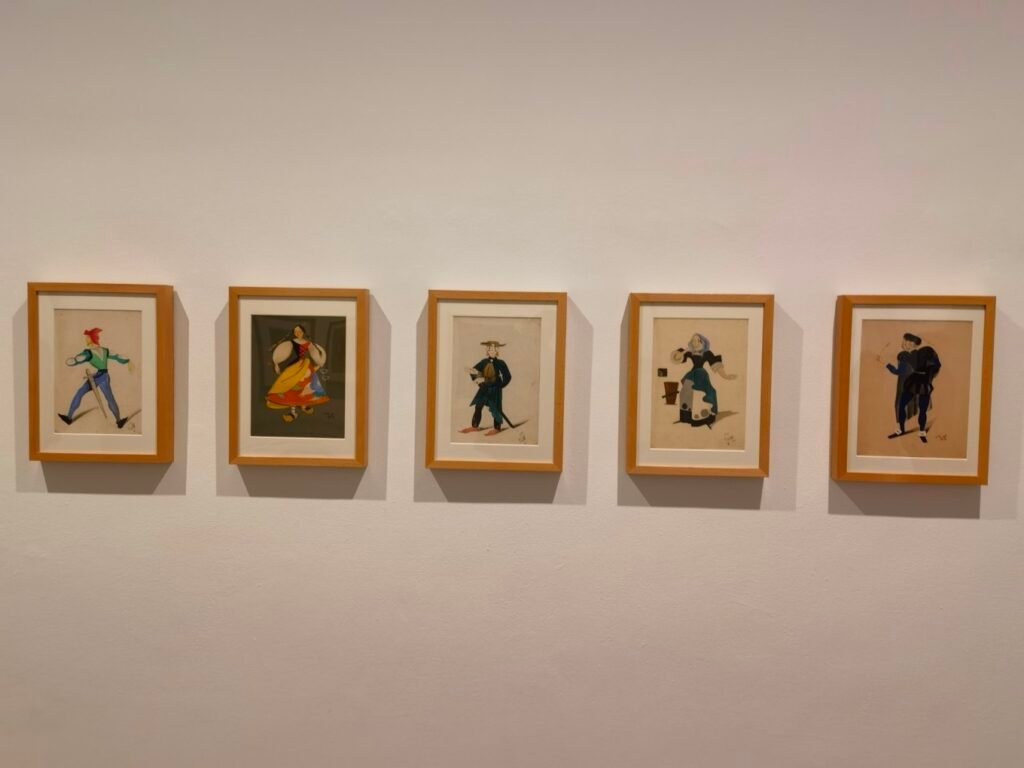


Royal Palace of Madrid
The Royal Palace of Madrid (Palacio Real de Madrid) is the third-largest palace in Europe, after the Palace of Versailles and Schönbrunn Palace in Vienna.
Built between 1738 and 1764, the palace took 26 years to complete. It is one of the most well-preserved and exquisite palaces in the world. Its exterior features a square structure reminiscent of the Louvre in France, while the interior is designed in an opulent Italian style, housing countless royal items, including silverware, paintings, porcelain, tapestries, and other artifacts. Now open to the public as a museum, the palace offers visitors a glimpse into royal life.
Across from the palace lies Plaza de España, where a monument to Miguel de Cervantes, the author of Don Quixote, stands. Nearby are statues of Don Quixote on horseback and his companion Sancho Panza.
The Royal Palace was built on a hill along the left bank of the Manzanares River, on the site of a former Arab castle, under the orders of King Philip V in the 18th century. It serves as a cultural relic representing the Bourbon dynasty, known for its unparalleled luxury among European palaces. Architect Sachetti began construction in 1738, and it was completed in 1764.
Sabatini added the southeastern wing and the grand staircase. The palace is square-shaped, with a large central courtyard accessible from the Prince’s Gate on the eastern side. The Sabatini Gardens and the Moorish Gardens (Campo del Moro), also designed by Sabatini, are equally captivating, complementing the palace’s grandeur.
The palace’s architectural style has been debated, with some considering it Baroque, while others view it as a masterpiece of Neoclassicism. Notable rooms include the Hall of Halberdiers (Salón de Alabarderos), the Hall of Mirrors (Salón de los Espejos), and the Room of King Carlos III (Cuarto del Rey Carlos III). Visitors can also admire artworks by masters such as Velázquez, Goya, and Rubens.
The palace was constructed entirely of stone and brick, without any wood, ensuring it would be fireproof. Construction began in 1738, with King Charles III officially making it his residence in 1764.
Since the reign of Charles III, the palace’s interiors have been carefully preserved. Notable features include a ceiling fresco by Tiepolo, completed in 1766, symbolizing the Spanish monarchy. The gilded furniture and embroidered velvet tapestries were handcrafted in Naples, Italy.
The Royal Armory within the palace houses some of the world’s most important collections of armor, displaying pieces once worn by Spanish kings and royal family members before the 13th century. After extensive restoration, the armory reopened to the public in June 2000.
Although certain areas are still used by the royal family, most of the palace is open for public tours. When I visited, the weather alternated between rain and sunshine, offering a unique atmosphere. Across from the palace stands the Almudena Cathedral. It’s recommended to purchase tickets online in advance to avoid long queues at the entrance.

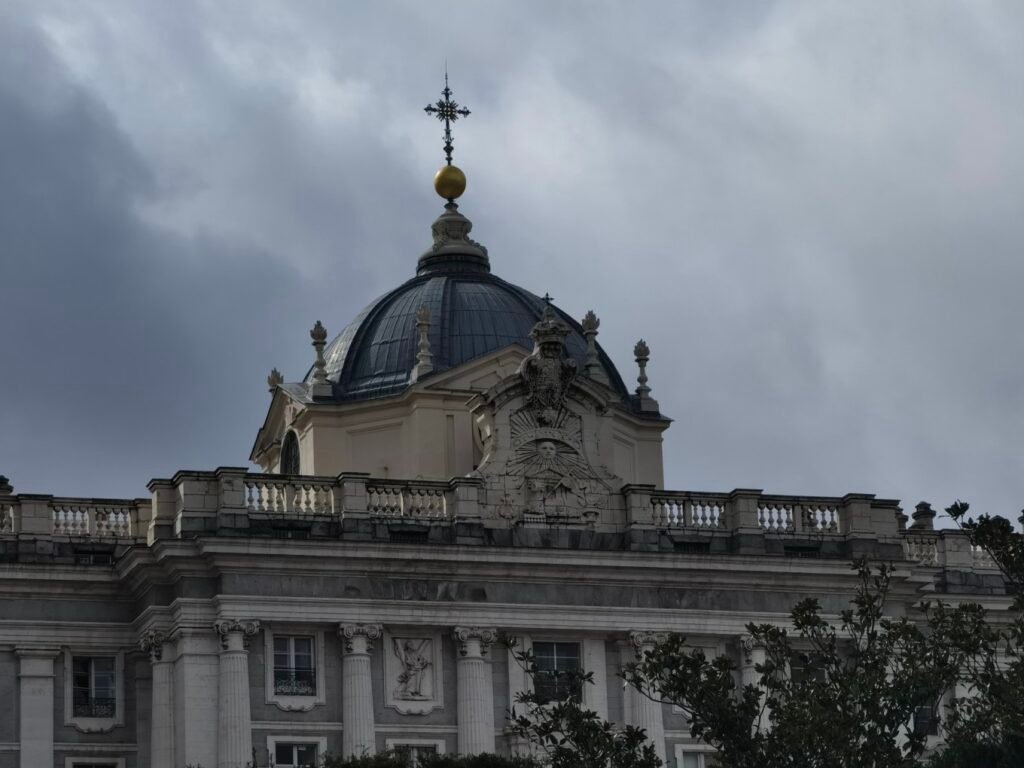
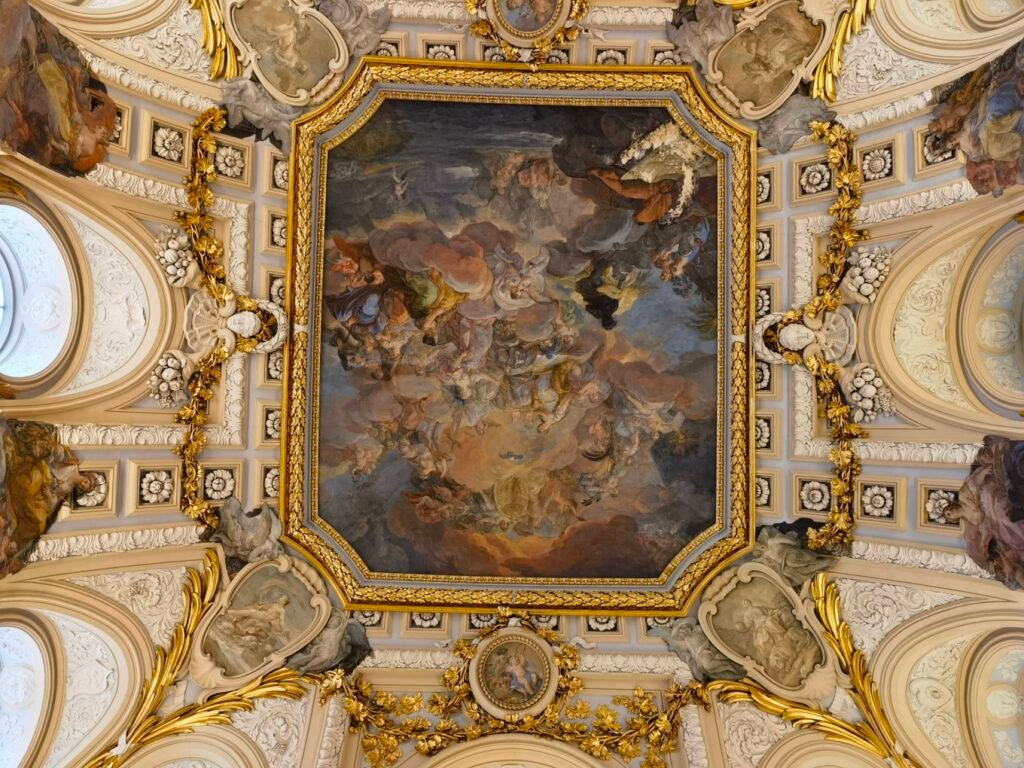
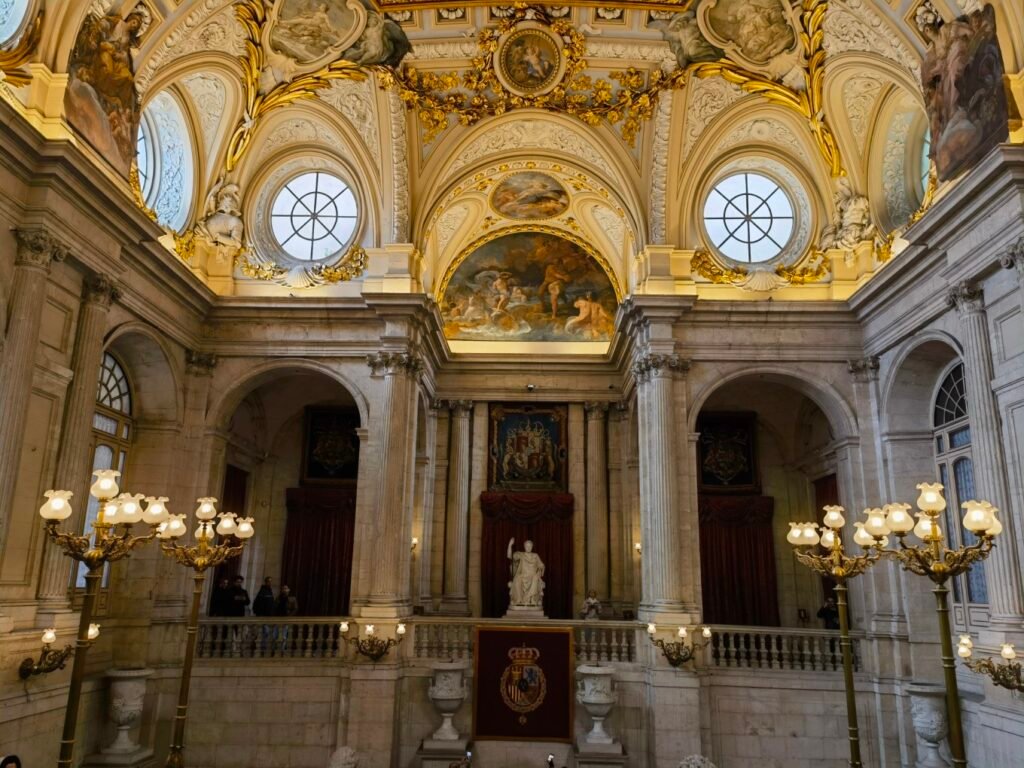
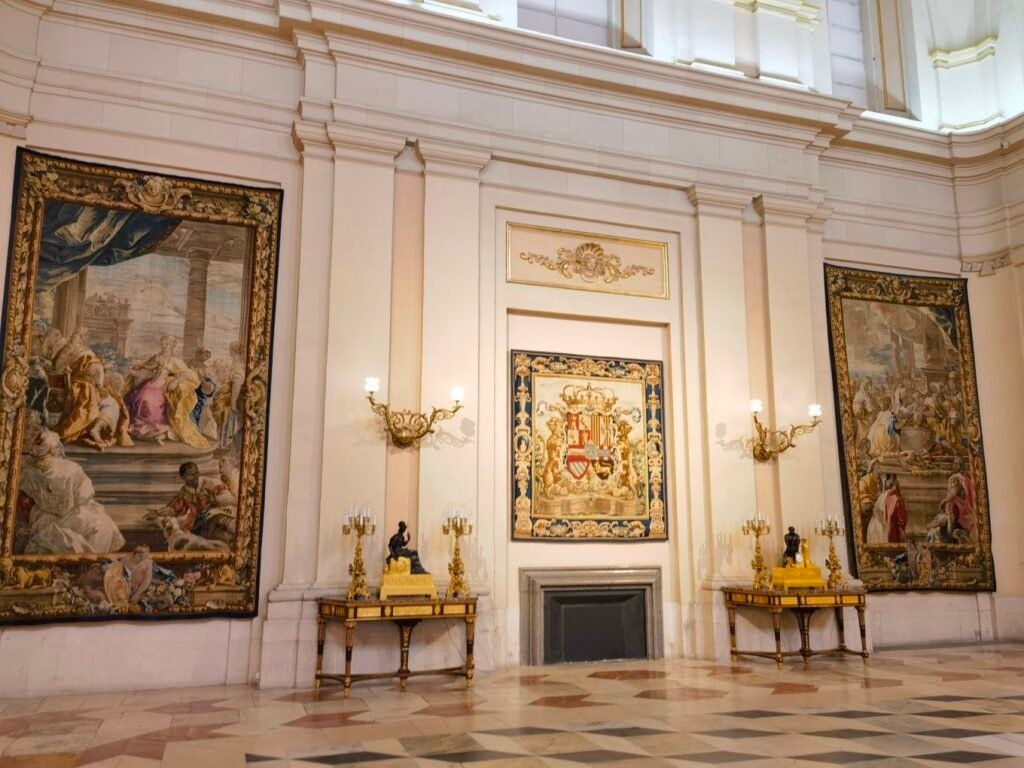

Almudena Cathedral
The Almudena Cathedral is the only church in Spain to be consecrated by the Pope.
Officially known as the Royal Cathedral of Santa María la Real de la Almudena, it serves as the seat of the Roman Catholic Archdiocese of Madrid. Located on the west side of Madrid’s city center, it faces the Royal Palace across Plaza de la Armería. The cathedral’s patron saint is the Virgin of Almudena, who is also the patron saint of Madrid.
While entry to the cathedral is free, there is an admission fee to visit the museum. The church itself is relatively small, but the museum is quite large.




